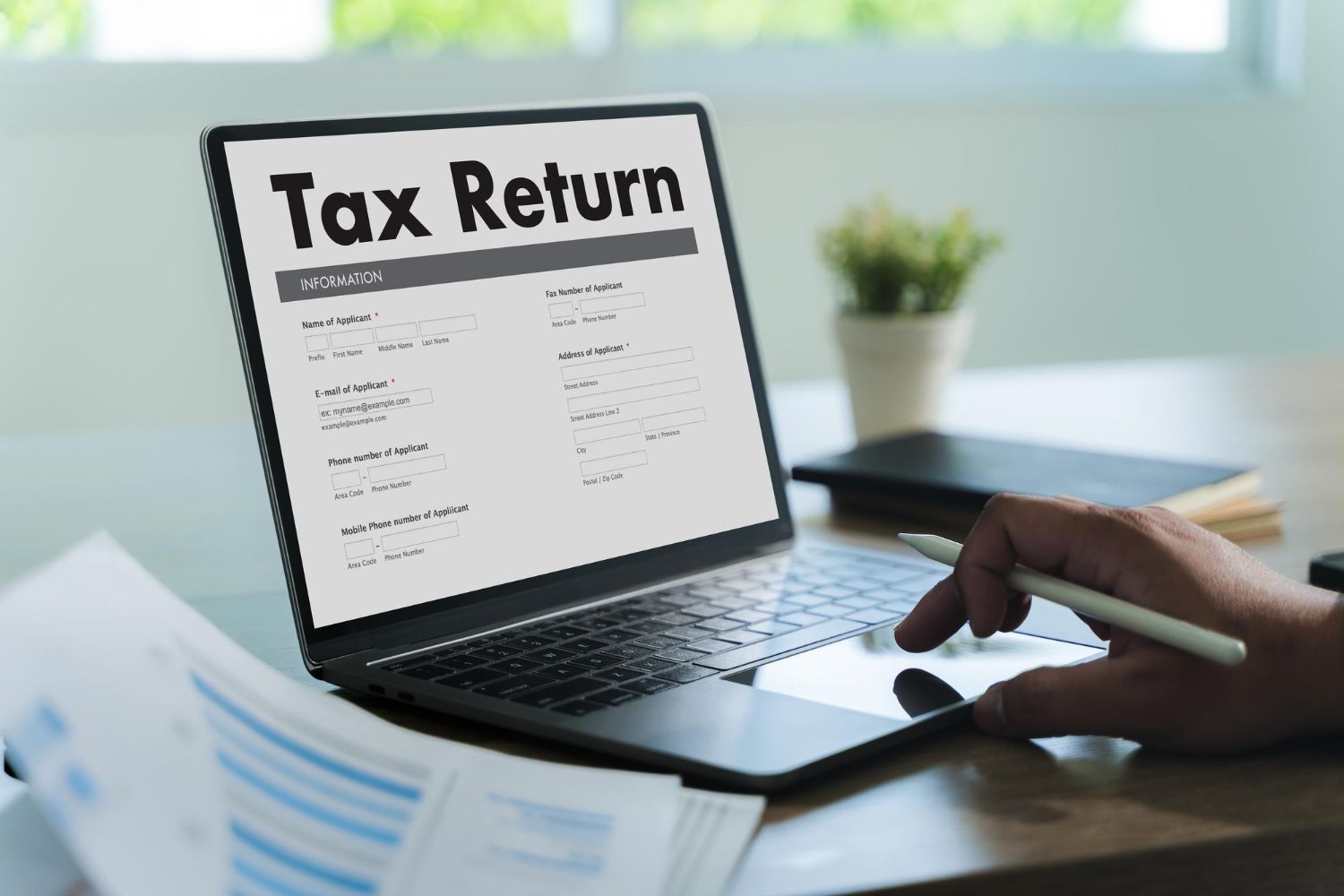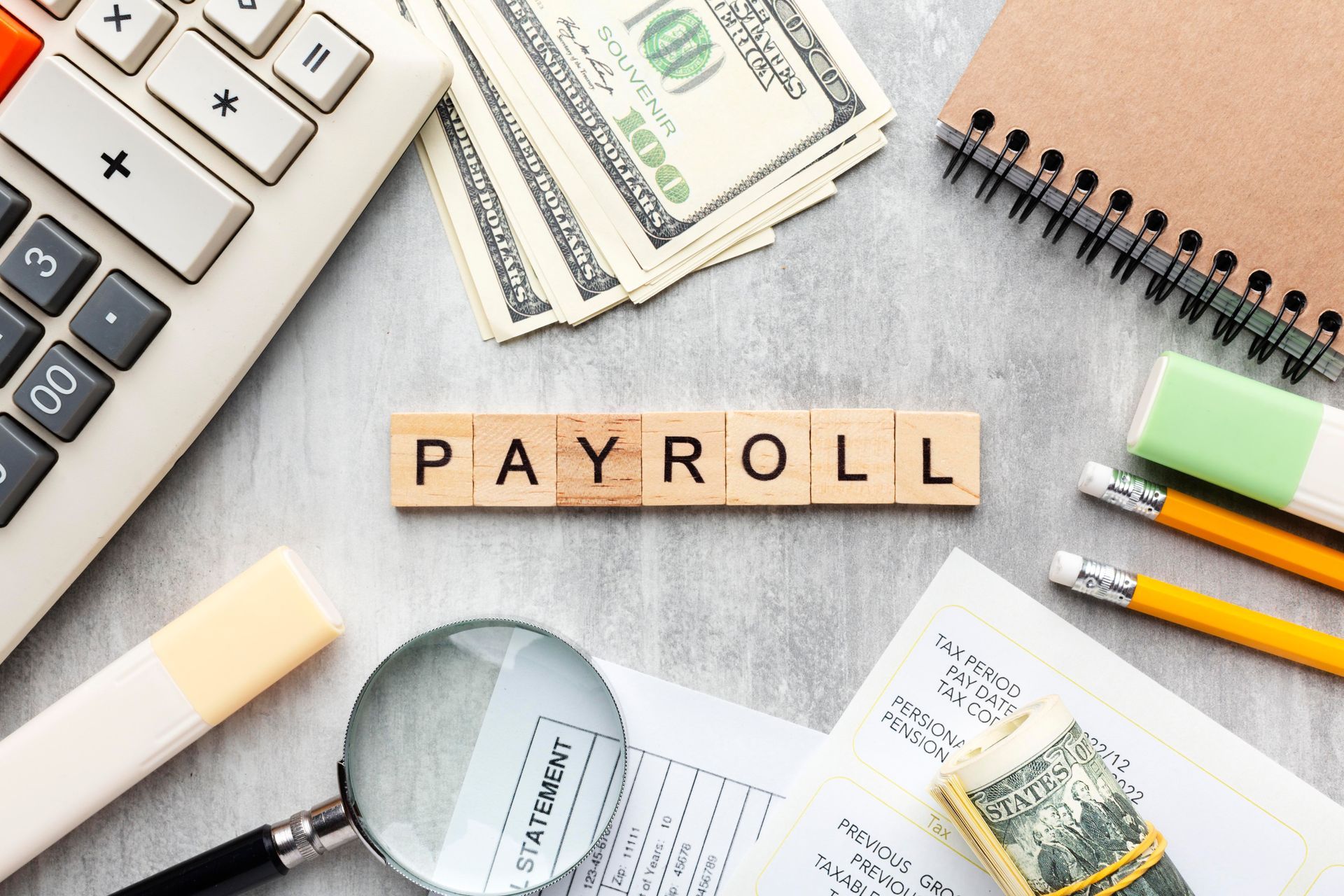5 Decoding Canada’s CERS: COVID-19 Rent
On November 23, 2020, the Canadian government introduced the highly anticipated Canada Emergency Rent Subsidy (CERS) program to provide much-needed rent relief to both tenants and property owners. This program operates on a mechanism similar to the existing Canada Emergency Wage Subsidy (CEWS) program for Canada’s CERS, offering a sliding-scale subsidy based on the percentage of eligible expenses for businesses that experienced a revenue drop. Unlike its predecessor, the Canada Emergency Commercial Rent Assistance (CECRA), CERS eliminates the need for tenants to rely on landlords for application. Let’s explore the key details of the CERS program, including eligibility criteria and the application process.
1. Eligibility Criteria for Canada’s CERS: The Four Essential Criteria
To qualify for the CERS program, businesses must meet all four of the following criteria:
- They had a CRA business number on September 27, 2020, or a payroll account on March 15, 2020, or another party made payroll remittances on their behalf.
- They fall under eligible entities, including individuals, corporations do not exempt from income tax, registered charities, or partnerships.
- They experienced a drop in revenue.
- They have eligible expenses.
2. Eligible Periods: Application Timeframes
Currently, the government has announced three eligible periods for applying to Canada’s CERS:
- Period 1: September 27, 2020 – October 24, 2020
- Period 2: October 25, 2020 – November 21, 2020
- Period 3: November 22, 2020 – December 19, 2020

3. Eligible Expenses: Understanding the Scope
CERS allows certain expenses to qualify for the subsidy, but some payments between non-arm’s length entities and expenses related to residential properties are not eligible. For tenants, eligible expenses include base rent, property taxes paid by the renter, and regular customary ancillary services or operating expenses payment. For property owners, eligible expenses encompass property taxes, property insurance, and interest on the mortgage.
4. Subsidy Calculation: Unraveling the Process
The subsidy calculation comprises two components: rent subsidy and lockdown support top-up. The revenue drop can be determined by comparing corresponding months in 2019 or by comparing with January and February 2020 revenue. The calculated drop percentage is then used to determine the subsidy rate, which can be further increased with the lockdown top-up support for locations affected by public health restrictions.
5. The Application Process: How to Apply
Businesses can apply for CERS by logging into either their My Business Account or Represent a client, the latter being through an authorized third-party, typically an accountant. Before submission, businesses must complete and sign an RC665 – Canada Emergency Rent Subsidy Attestation and ensure registration for a CRA CERS number. The application process involves entering required information, eligible rent and revenue drop percentages, and, if applicable, the lockdown support top-up amount. Submitting the application will conclude the process.
Also Read: Are tipping subject to taxation in Canada?
Conclusion: Canada’s CERS: A Program Streamlining Rent Relief
The Canada Emergency Rent Subsidy (Canada’s CERS) program addresses the challenges faced by its predecessor, CECRA, by providing tenants direct access to rent relief without involving landlords. With its sliding-scale threshold, CERS offers more accessible rent relief for businesses that didn’t meet the high threshold of CECRA. The program’s simplified application process and comprehensive subsidy calculation contribute to a smoother and more effective rent relief process. By facilitating the financial burden on businesses , Canada’s CERS aims to foster resilience and recovery in these challenging times.
The post 5 Decoding Canada’s CERS: COVID-19 Rent appeared first on DBM Accounting | David B. McKeand Professional Corporation.
Share This Blog











